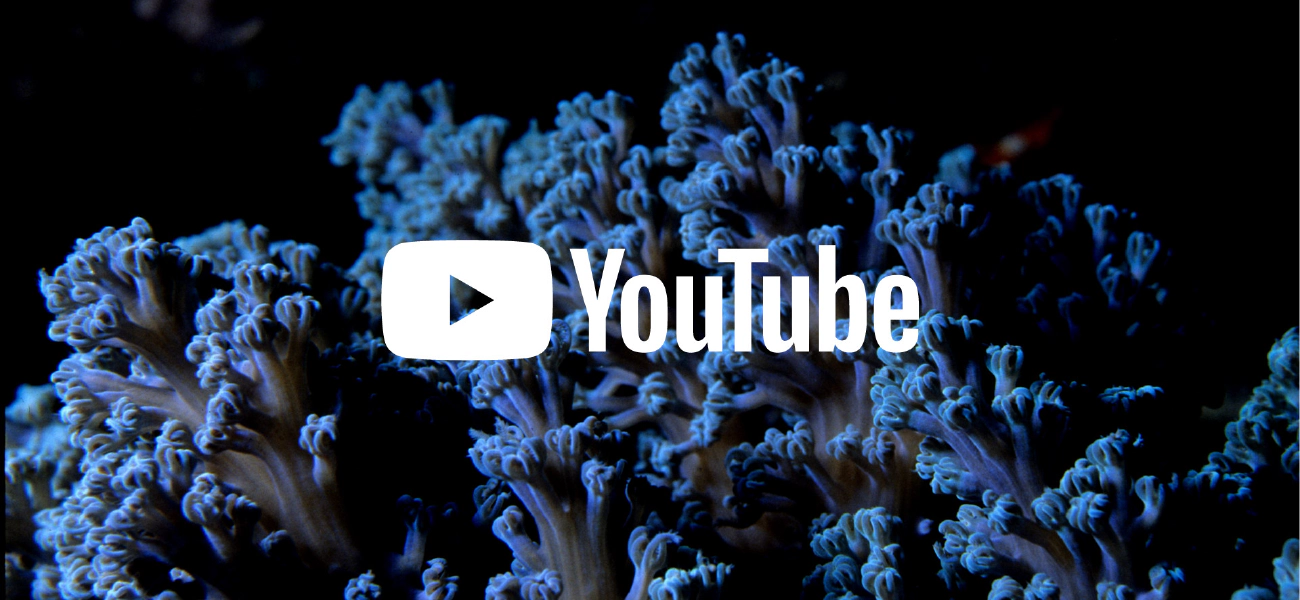I recently worked on a simple project for a Twitter user that wanted a way to reshare videos over Youtube. The Google documentation was not really clear so here is a post to better explain how to upload a video with the Youtube API in NodeJS.
Preparation
First of all, you need to create an new app to authenticate on the Google API, here are the steps provided by the developer documentation:
Use this wizard to create or select a project in the Google Developers Console and automatically turn on the API. Click Continue, then Go to credentials.
On the Add credentials to your project page, click the Cancel button.
At the top of the page, select the OAuth consent screen tab. Select an Email address, enter a Product name if not already set, and click the Save button.
Select the Credentials tab, click the Create credentials button and select OAuth client ID.
Select the application type Other, enter the name “YouTube Data API Quickstart”, and click the Create button.
Click OK to dismiss the resulting dialog.
Click the file_download (Download JSON) button to the right of the client ID.
Move the downloaded file to your working directory and rename client_secret.json.
After creating a npm project in your working repository, install the following dependencies:
npm install googleapis --save
npm install google-auth-library --save
Authorize your script on the Youtube API
Following this steps, here is a helper file to authorize your account on your app.
The authentication process will ask the current user to follow a link and give to your app access your Google account youtube details and upload permissions. Then the API authentication will return an access token that we are going to store in ~/.credentials/upload_app_session.json. This file will be read everytime we need to reauthenticate our upload script, until the access token expire.
const fs = require('fs');
const { google } = require('googleapis');
const readline = require('readline');
const OAuth2 = google.auth.OAuth2;
// If modifying these scopes, delete your previously saved credentials
// at ~/.credentials/upload_app_session.json
const SCOPES = [
'https://www.googleapis.com/auth/youtube.upload',
'https://www.googleapis.com/auth/youtube.readonly'
];
const TOKEN_DIR =
(process.env.HOME || process.env.HOMEPATH || process.env.USERPROFILE) +
'/.credentials/';
const TOKEN_PATH = TOKEN_DIR + 'upload_app_session.json';
const authorize = (credentials, cb) => {
const clientSecret = credentials.installed.client_secret;
const clientId = credentials.installed.client_id;
const redirectUrl = credentials.installed.redirect_uris[0];
const oauth2Client = new OAuth2(clientId, clientSecret, redirectUrl);
// Check if we have previously stored a token.
fs.readFile(TOKEN_PATH, (error, token) => {
if (error) {
return getNewToken(oauth2Client, cb);
} else {
oauth2Client.credentials = JSON.parse(token);
return cb(null, oauth2Client);
}
});
};
const getNewToken = (oauth2Client, cb) => {
const authUrl = oauth2Client.generateAuthUrl({
access_type: 'offline',
scope: SCOPES
});
console.log('Authorize this app by visiting this url: ', authUrl);
const rl = readline.createInterface({
input: process.stdin,
output: process.stdout
});
rl.question('Enter the code from that page here: ', code => {
rl.close();
oauth2Client.getToken(code, (error, token) => {
if (error) {
return cb(
new Error(
'Error while trying to retrieve access token',
error
)
);
}
oauth2Client.credentials = token;
storeToken(token);
return cb(null, oauth2Client);
});
});
};
const storeToken = token => {
try {
fs.mkdirSync(TOKEN_DIR);
} catch (error) {
if (error.code != 'EEXIST') {
throw error;
}
}
fs.writeFile(TOKEN_PATH, JSON.stringify(token), error => {
if (error) throw error;
console.log('Token stored to ' + TOKEN_PATH);
});
};
module.exports = { authorize };
In your main js file you just have to call the authorize function and pass the content of the file:
fs.readFile('client_secret.json', (error, content) => {
if (error) {
console.log('Error loading client secret file: ' + error);
return cb(error);
}
// Authorize a client with the loaded credentials
authorize(JSON.parse(content), cb);
});
Upload your video and details
The final usage of the upload function is pretty simple. You need to pass the authicated user to the function and fill in a JSON to set the details of your video.
More info concerning possible parameters on the videos.insert endpoint are available here
.
const { google } = require('googleapis');
const service = google.youtube('v3');
const fs = require('fs');
const uploadVideo = (auth, cb) => {
service.videos.insert(
{
auth: auth,
part: 'snippet,contentDetails,status',
resource: {
// Video title and description
snippet: {
title: 'My title',
description: 'My description'
},
// I set to private for tests
status: {
privacyStatus: 'private'
}
},
// Create the readable stream to upload the video
media: {
body: fs.createReadStream('video.flv') // Change here to your real video
}
},
(error, data) => {
if (error) {
return cb(error);
}
console.log('https://www.youtube.com/watch?v=' + data.data.id);
return cb(null, data.data.id);
}
);
};
module.exports = { uploadVideo };
Here you are you then need to call uploadVideo method from your main file after the authentication.
I hope this tutorial is clearer than the documentation provided by Youtube, if you have any question feel free to post them in the comments below!
Background photo for the featured image by NOAA .
